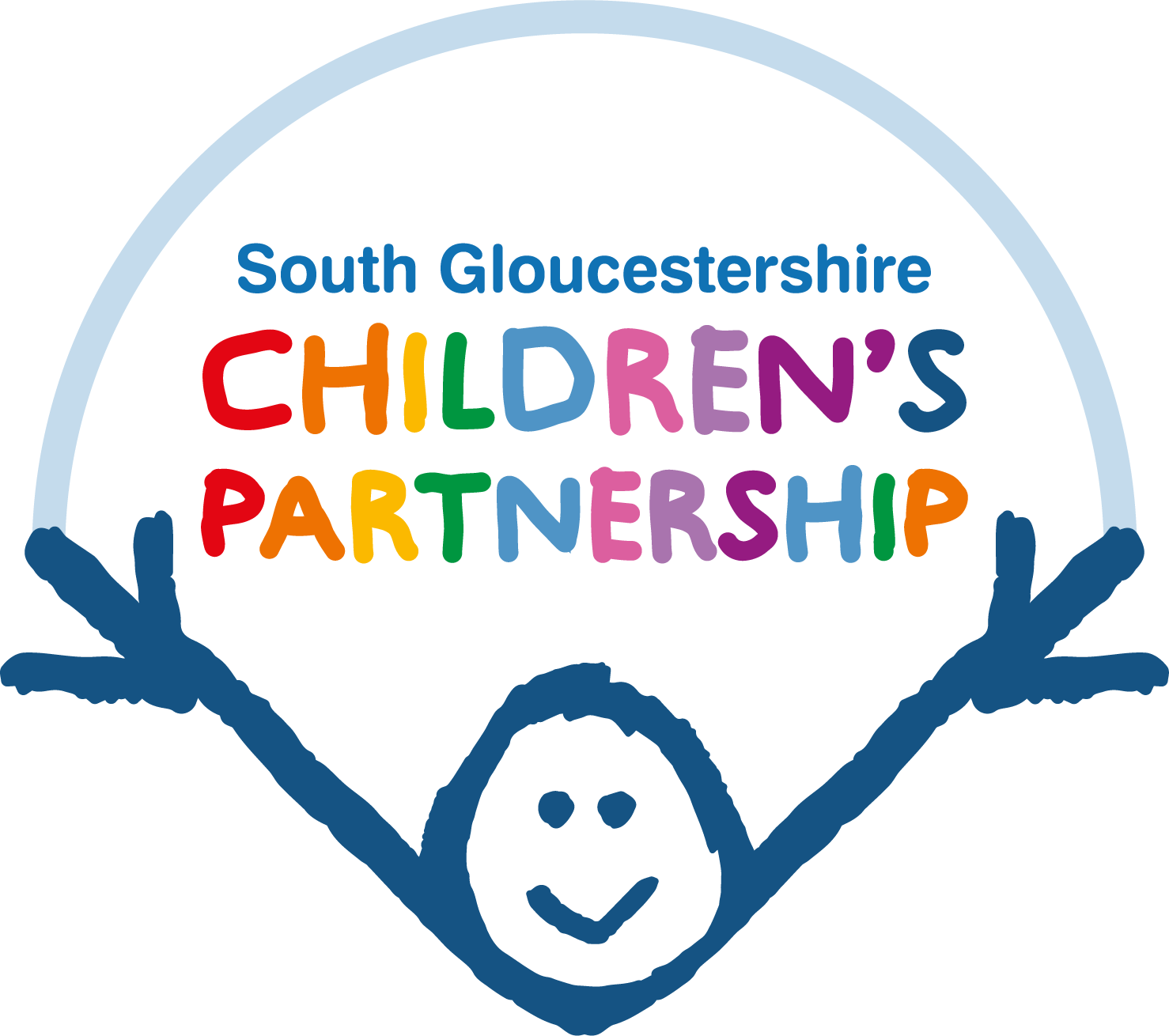Child Sexual Abuse
What is Child Sexual Abuse?
Sexual abuse involves forcing or enticing a child or young person to take part in sexual activities, not necessarily involving a high level of violence, whether or not the child is
aware of what is happening. The activities may involve physical contact, including assault by penetration or non-penetrative acts. They may also include non-contact activities, such as involving children in looking at, or in the production of, sexual images, watching sexual activities, encouraging children to behave in sexually inappropriate ways, or grooming a child in preparation for abuse. Sexual abuse can take place online, and technology can be used to facilitate offline abuse. Sexual abuse is not solely perpetrated by adult males. Women can also commit acts of sexual abuse, as can other children.
Remember, it is never a child’s responsibility to prevent abuse, protect themselves or make the abuse stop.
Resources for practitioners:
Communicating with children about sexual abuse:
Identifying signs and indicators of sexual abuse:
Child Sexual Abuse Response Pathway
The Child Sexual Abuse Response Pathway highlights good practice when there are concerns that a child or young person is being or has been sexually abused. It aims to bring clarity to professionals’ responsibilities and actions at key points to meet children’s needs for safety and support and address their wider wellbeing.
Information and guidance has been developed which explains how the needs of the child or young person can be met throughout the pathway.
